jewish burial customs in bible times
Jewish law therefore demands that we bury the deceased within 24 hours following death. All of this happened in very short order.

Death And Burial Life In The Time Of Jesus Libguides At Mater Christi College
2612 or the burial place Gen.

. Leaving a corpse unburied overnight was a serious taboo even considered sinful in New Testament. The body was washed and hair and nails were cut. The Hebrew word qeburah and the Greek word entaphiazō meaning burial describe either the act of burying Eccles.
The tear was several inches long a symbol of grief. The following summarizes Jewish sources regarding burial customs at the time of Christ. Negatively it warned His body shall not remain all night Deuteronomy 2123.
Then Simon Peter who was behind him arrived and went into the tomb. Cemeteries were required to be at least fifty yards outside of any town or village. Most towns had charitable organizations set up to assist grieving families with preparing the.
Rending the Garment A death in the family immediately caused grief and lamentation expressed in numerous forms some of which were required by the Halakah the authoritative Jewish way of life found in various sources including the obligations of the husband to his deceased wife. Luke 1147-48 s tombs of the prophets most likely refers to the monumental Hellenistic. It represented the tearing pain in their hearts.
Luke 241-47 Complete Jewish Bible Notes. Jewish Funerals and Burial. Some ancient tombs in Israel were found to include a circle of benches or a row of seats just outside the tomb.
After resting on the Sabbath Saturday according to Jewish custom the women traveled to Jesus tomb early Sunday morning with plans to provide the traditional spices used on a dead body. The words themselves mean Son Bar or Daughter Bat of the Commandment It is the time when a child takes responsibility for his or her own life having reached the biblical age of accountability. Based on Jewish laws traditions and customs a Jewish funeral usually takes place within one day following the date of death and these are solemn and reflective services followed by a gathering at the mourners home which marks the beginning of shiva.
2 Preparation of the Body. But the Hebrews didnt adopt the burial traditions of these cultures which. Indeed the idea horrified them for they believed in the resurrection of the body.
The first seven days following the funeral is known as shiva and the mourners generally stay at. Matthew 2759 Mark 1546 and Luke 2353 describe Jesus body being wrapped in linen cloth not in a linen cloth John 1940 is much more specific describing strips of linen cloth not a single sheet as is the Shroud of Turin in accordance with Jewish burial customs. Their primary concern was over how the stone.
The hands and feet were tied with strips of cloth. By the time Jesus was teaching in and around ancient Jerusalem in the first century AD the Hebrews or Jews -- the ethnic group descendant of the patriarch Abraham -- had already been influenced by Greek and Roman culture. When Jewish people heard that someone they loved had died they tore the front part of their inner clothing.
Follow me and let the dead bury their own dead a parallel passage occurs at Luke 959-60. It was the womens task to prepare a dead body for burial. By the time of Christ the custom was that the body was elaborately wrapped in a shroud and the face was covered with a special cloth called a sudarium.
Once this was done relatives and friends could come to the home to say goodbye to the deceased for the last time. The typical tombs of Jesus day were a kind of. This was in accordance with Jewish burial customs.
John 205-7 Looking at this scripture we can add a fifth observation to how Jesus tomb must have been that the burial cloths could be seen. After arriving at the grave or tomb there is evidence to suggest that a eulogy took place. The religious concept underlying this law is that man made in the image of God should be accorded the deepest respect.
The Burial Traditions of Hebrews at the Time of Jesus. In particular the saying of Jesus in Matt 821-22 presupposes secondary burial. In Biblical times persons especially of high rank were arrayed at burial in the garments ornaments and weapons which they had worn in life I Sam.
Compare Josephus Ant xv. The Jewish people never cremated their dead. One of the best-known Jewish customs is that of bar mitzvah for a boy or bat mitzvah for a girl.
This group of women included Mary Magdalene Mary the mother of James Salome Joanna and possibly others Luke 2410. Burial Traditions in the New Testament 1 Time of Burial. You see an example of a first-century funeral procession described in Luke 712.
He saw the strips of linen lying there as well as the burial cloth that had been around Jesus head.
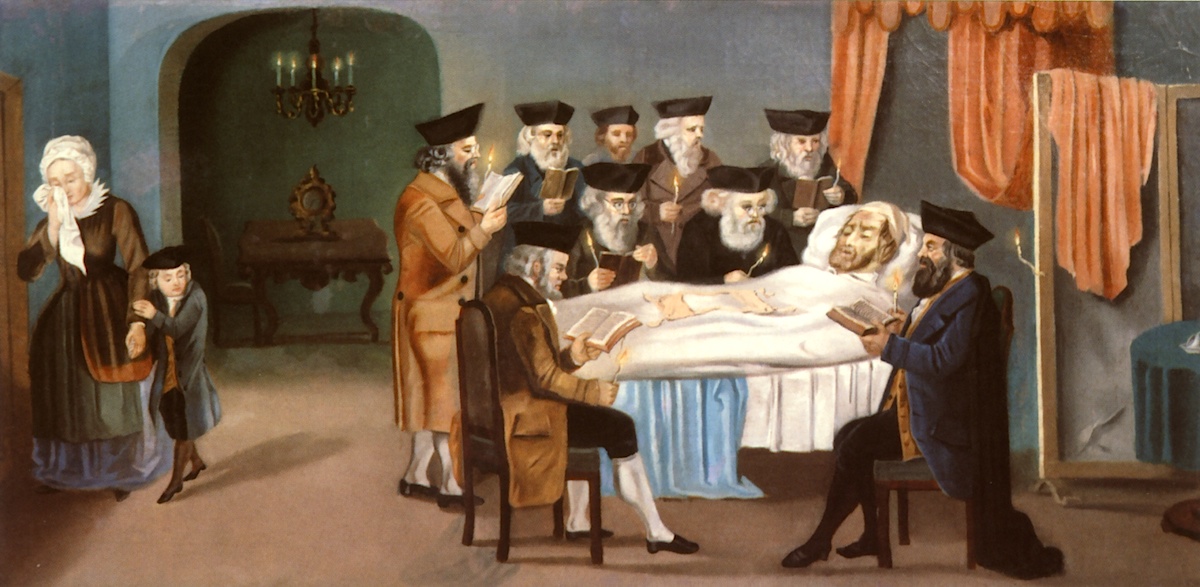
Jewish Traditions For Death Burial And Mourning Rohatyn Jewish Heritage

Ancient Tombs Burial Customs What Archaeology Shows

Jewish Traditions For Death Burial And Mourning Rohatyn Jewish Heritage
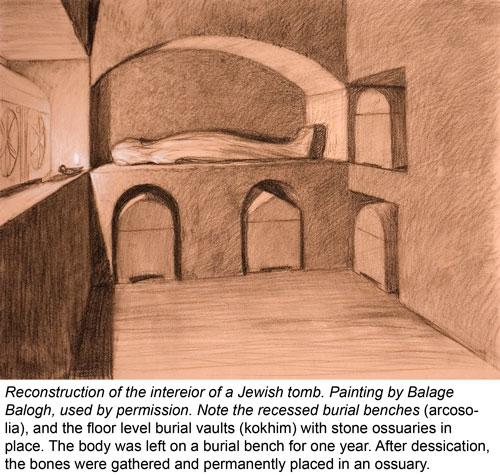
Jesus And The Ossuaries First Century Jewish Burial Practices And The Lost Tomb Of Jesus Religious Studies Center
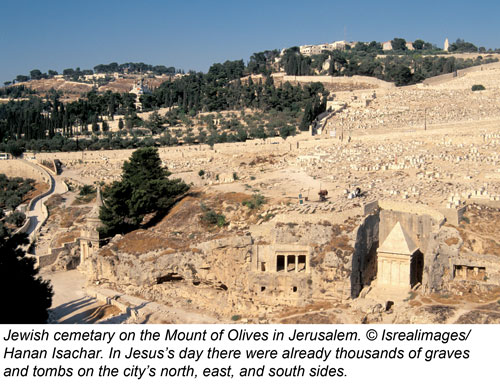
Jesus And The Ossuaries First Century Jewish Burial Practices And The Lost Tomb Of Jesus Religious Studies Center

Esther Queen Esther Book Of Esther Biblical Art
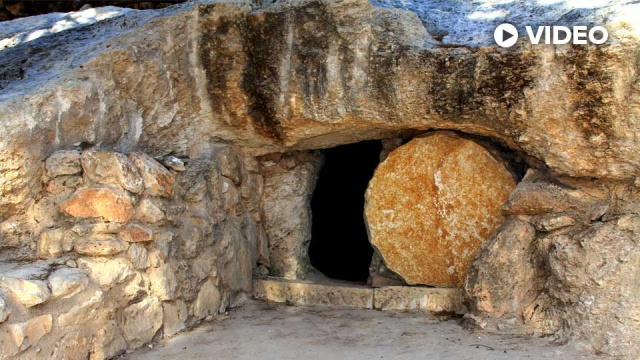
The Tomb Of Jesus First Century Jewish Burials Sagu

Pin On Biblical Illustrations By Gustave Dore
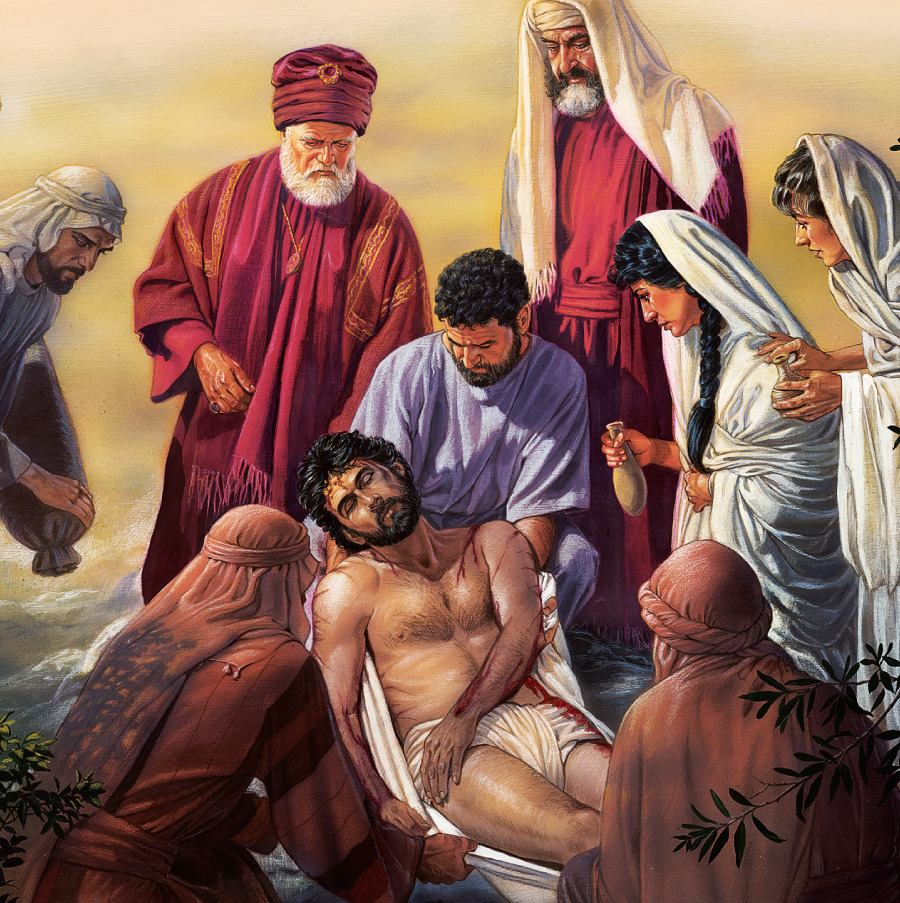
Burial Preparations Of The First Century Jews Did You Know

Zechariah Ben Jehoiada Photo Bible Mapping Natural Landmarks

The Tomb Of Jesus First Century Jewish Burials Sagu

What Were The Jewish Burial Customs During Jesus Time Chicagojewishnews Com




